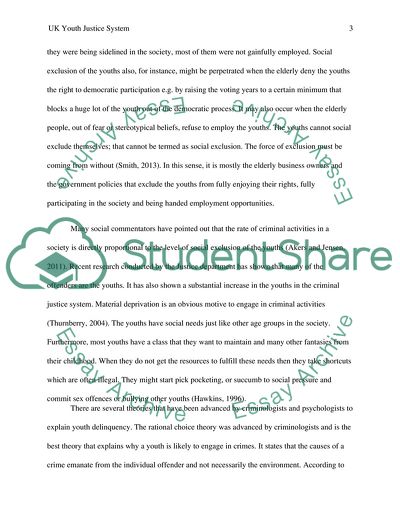Cite this document
(UK Youth Justice System Report Example | Topics and Well Written Essays - 1750 words - 1, n.d.)
UK Youth Justice System Report Example | Topics and Well Written Essays - 1750 words - 1. https://studentshare.org/law/1804206-criminology-youth-justice-uk
UK Youth Justice System Report Example | Topics and Well Written Essays - 1750 words - 1. https://studentshare.org/law/1804206-criminology-youth-justice-uk
(UK Youth Justice System Report Example | Topics and Well Written Essays - 1750 Words - 1)
UK Youth Justice System Report Example | Topics and Well Written Essays - 1750 Words - 1. https://studentshare.org/law/1804206-criminology-youth-justice-uk.
UK Youth Justice System Report Example | Topics and Well Written Essays - 1750 Words - 1. https://studentshare.org/law/1804206-criminology-youth-justice-uk.
“UK Youth Justice System Report Example | Topics and Well Written Essays - 1750 Words - 1”. https://studentshare.org/law/1804206-criminology-youth-justice-uk.


